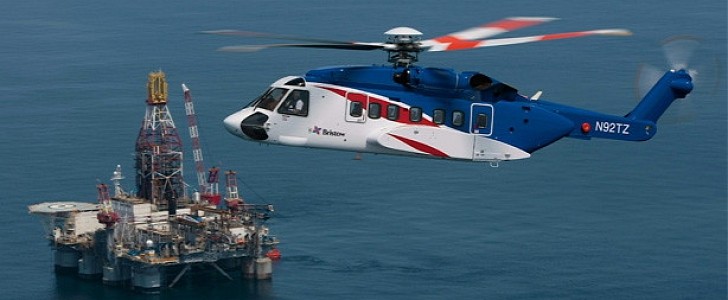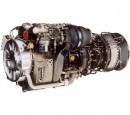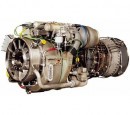The U.S. Army wants its next-generation helicopters to be not just highly-performant but also better for the environment, powered by hybrid-electric propulsion systems. General Electric Aviation (GE) will be at the forefront of this new development, using its extensive experience with this alternative technology to take the Army Future Vertical Lift (FVL) program to the next level.
Last year, GE was selected by NASA to further develop a hybrid-electric powertrain and to demonstrate flight readiness for a single-aisle aircraft within the EPFD (Electric Powertrain Flight Demonstration) program. Now, it was also awarded a development contract by the Army for a megawatt (MW) class electrified powerplant.
The new $5.1 million contract was awarded by the U.S. Army Combat Capabilities Development Command, Army Research Laboratory (DEVCOM ARL), and the program is called ARC-STEP (Applied Research Collaborative Systematic Turboshaft Electrification Project).
The Army wants its Future Vertical Lift (FVL) helicopters to benefit from hybrid and electric power systems. The goal of ARC-STEP is to explore the performance of such alternative systems while still meeting the military requirements in terms of payload, range, and endurance.
Experts from both GE and the Army will work together to develop hybrid-electric propulsions systems that are meant to be lightweight but also durable and powerful. According to GE, future tests will be conducted at its research facility in Niskayuna, New York. The systems will combine the GE CT7 turboshaft engine with an electric machine and power electronics developed by the same company.
The CT7 family includes turboprop and turboshaft engines that currently power 25 types of helicopters and fixed-wing aircraft, having accumulated more than 100 flight hours.
GE began its research on hybrid-electric propulsion technology back in 2009 when it participated in the Boeing Subsonic Ultra Green Aircraft Research (SUGAR) study. A few years later, it started operating a dedicated facility for aircraft electric power systems in Dayton, Ohio. In 2019, it hit a milestone with the demonstration of an MW class motor/generator at altitude conditions of 36,000 feet (10,970 meters) together with NASA.
This new Army contract will help GE take its expertise related to electric propulsion even further and to develop future military helicopters that are emissions-free.
The new $5.1 million contract was awarded by the U.S. Army Combat Capabilities Development Command, Army Research Laboratory (DEVCOM ARL), and the program is called ARC-STEP (Applied Research Collaborative Systematic Turboshaft Electrification Project).
The Army wants its Future Vertical Lift (FVL) helicopters to benefit from hybrid and electric power systems. The goal of ARC-STEP is to explore the performance of such alternative systems while still meeting the military requirements in terms of payload, range, and endurance.
Experts from both GE and the Army will work together to develop hybrid-electric propulsions systems that are meant to be lightweight but also durable and powerful. According to GE, future tests will be conducted at its research facility in Niskayuna, New York. The systems will combine the GE CT7 turboshaft engine with an electric machine and power electronics developed by the same company.
The CT7 family includes turboprop and turboshaft engines that currently power 25 types of helicopters and fixed-wing aircraft, having accumulated more than 100 flight hours.
GE began its research on hybrid-electric propulsion technology back in 2009 when it participated in the Boeing Subsonic Ultra Green Aircraft Research (SUGAR) study. A few years later, it started operating a dedicated facility for aircraft electric power systems in Dayton, Ohio. In 2019, it hit a milestone with the demonstration of an MW class motor/generator at altitude conditions of 36,000 feet (10,970 meters) together with NASA.
This new Army contract will help GE take its expertise related to electric propulsion even further and to develop future military helicopters that are emissions-free.







